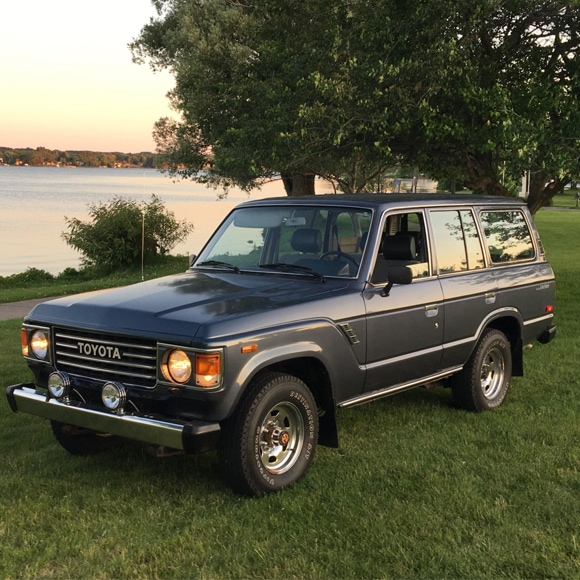Has anyone had any experience with converting their cruiser to Electric? Companies such as Wilderness E.V. offer electric conversion kits for a number of lighter vehicles such as Chevy S-10's and other light trucks in a variety of volt systems from 144 volt and up. These are plug-in electric motor driven systems that you literally plug-in and recharge overnight.
My 82 fj60 has almost 250,000 miles and I'm looking for an alternative to a rebuild or chevy conversion as the price of gas is only going to go up from here. I have the electric bike conversion on my beach cruiser and have been loving the set-up. I want to go the next step and convert my fj60 if I can find the appropriate set-up.
Anyone have any sources or ideas?
My 82 fj60 has almost 250,000 miles and I'm looking for an alternative to a rebuild or chevy conversion as the price of gas is only going to go up from here. I have the electric bike conversion on my beach cruiser and have been loving the set-up. I want to go the next step and convert my fj60 if I can find the appropriate set-up.
Anyone have any sources or ideas?

